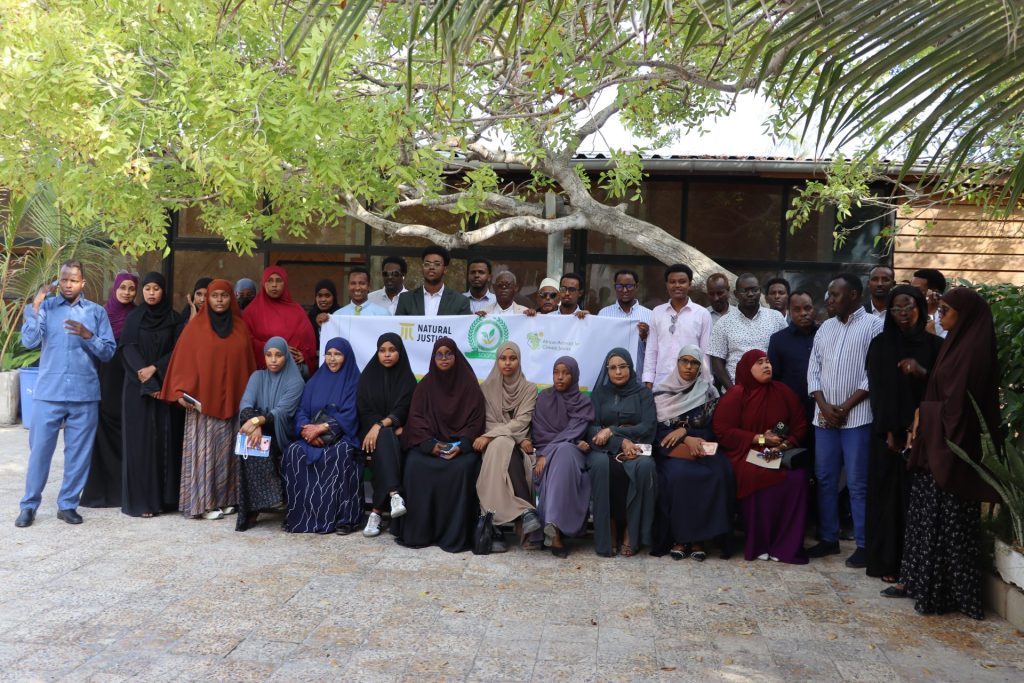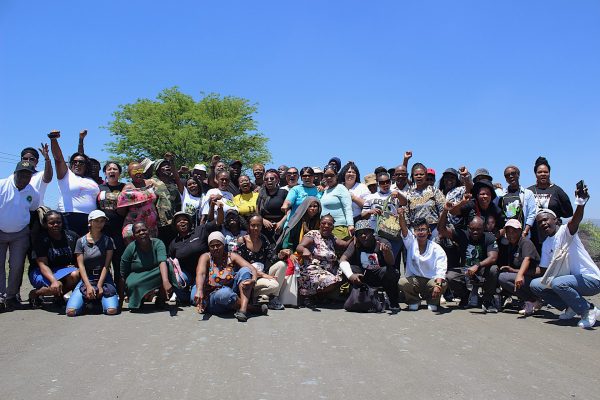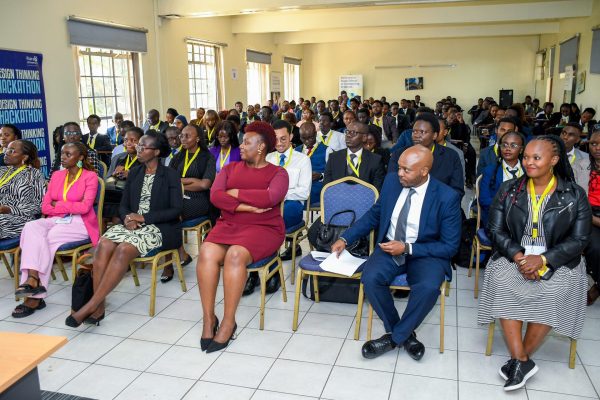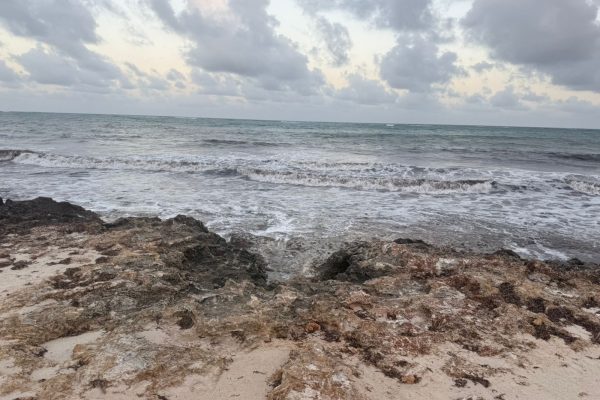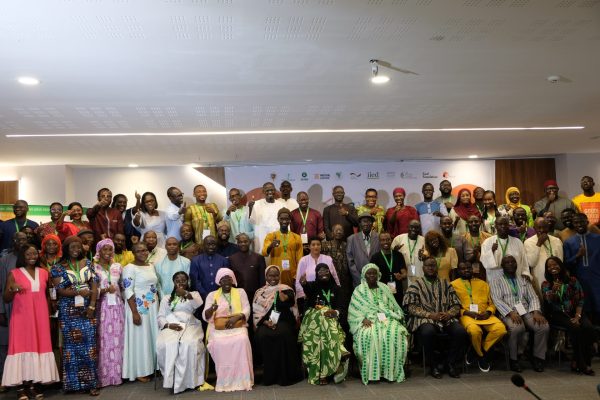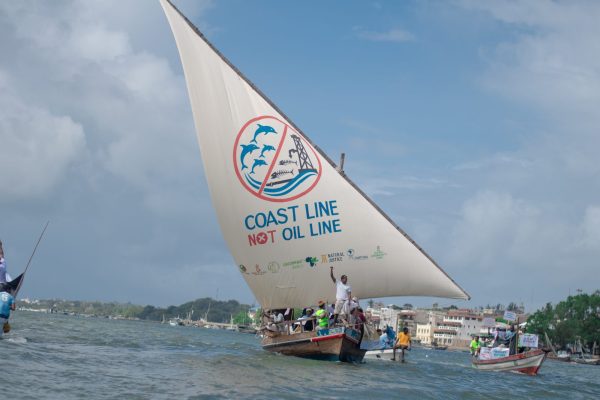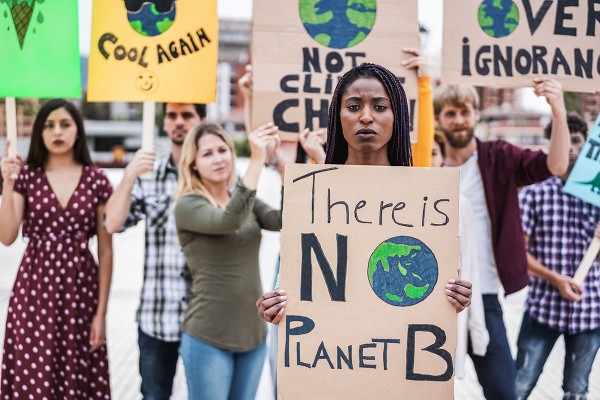As the Africa Activists for Climate Justice project concludes, Natural Justice East Africa showcases a five-year journey that equipped Somalia’s coastal communities with increased climate resilience, movement building, strengthening human rights programmes, gender and social inclusion in policy frameworks, and shifting narratives – while creating greater local participation, which resulted in lasting empowerment and impact.
Somalia, home to Africa’s longest coastline, holds immense potential in local economic development. The Somali coastline harbors over 300,000 metric tons of sustainable annual fish stock value and contributes approximately 75% to coastal livelihoods. Yet, for decades, its people have benefited least from these marine resources. Fisherfolk in places like Hobyo, Bosaso, and Mogadishu spoke of the ocean with both pride in their ancestral connection and frustration at being left behind in development conversations.
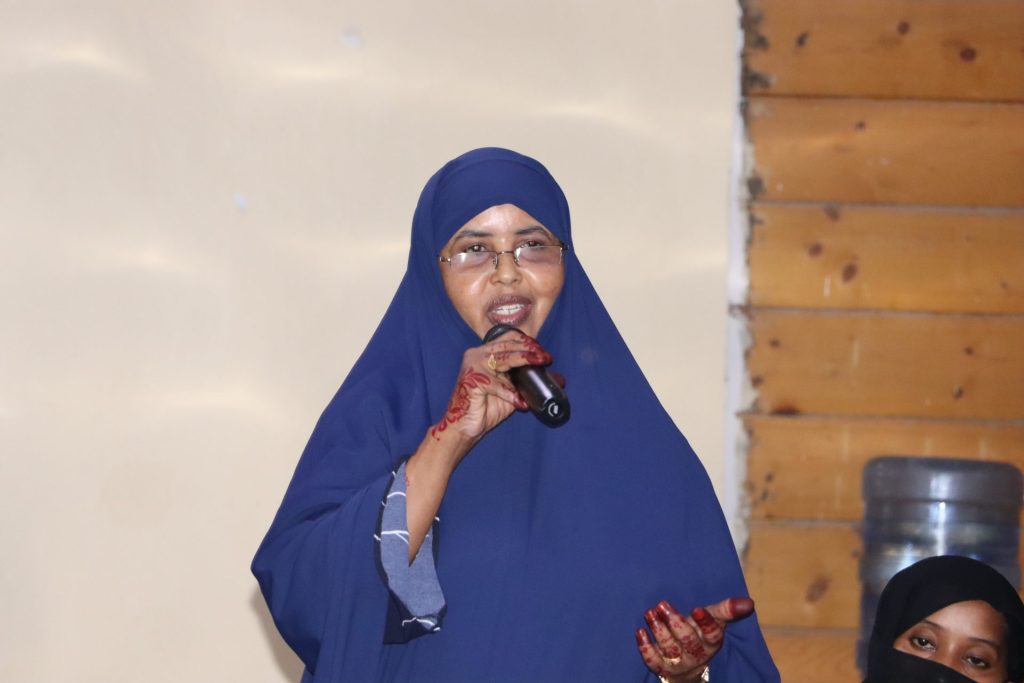
When the AACJ project began, climate justice was a distant concept — an idea confined to reports and conferences. Today, five years later, it lives in the stories, actions, and voices of Somali communities who are reclaiming their right to a sustainable future through empowered policy advocacy, leadership roles in cooperatives, and measurable influence on fund allocation.
Through the Somali Greenpeace Association (SOGPA), and partnerships built under Natural Justice, communities learned to link local realities to national and regional policies. This progress follows a chain: platform action facilitated by SOGPA leads to policy engagement and, subsequently, funding influence.
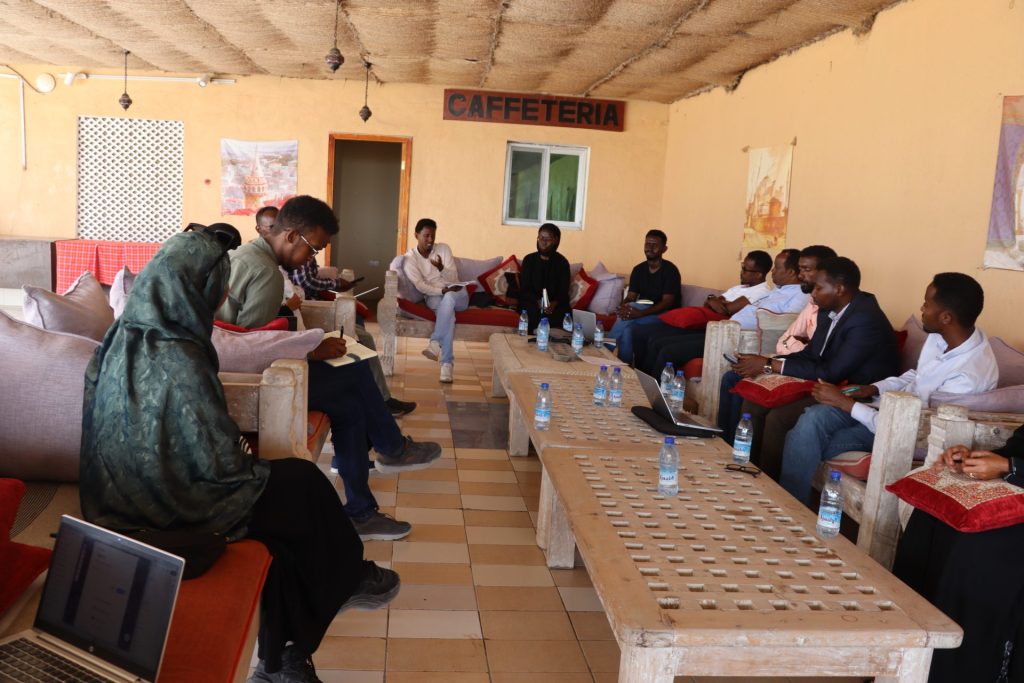
Initially, SOGPA provided forums for community discussion and capacity-building, empowering traditional leaders, youth, and women-led cooperatives to unite in demanding accountability in resource governance. This collective action led to effective policy dialogue participation, where these groups articulated needs and priorities, influencing how adaptation funds are allocated and ensuring support for sustainable, equitable community-led initiatives.
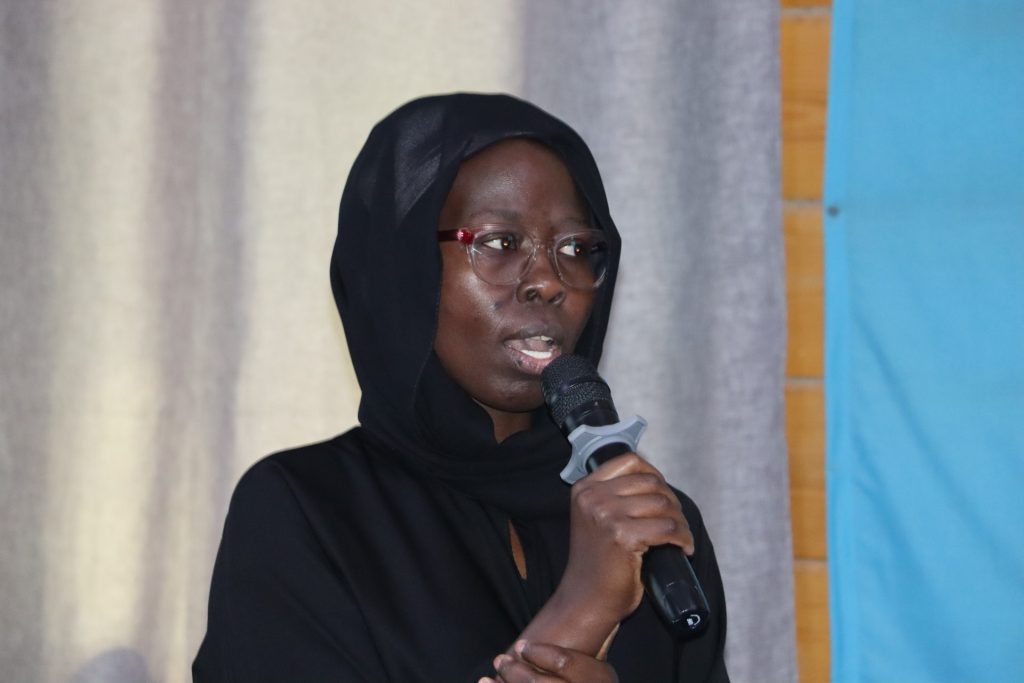
The change is visible — not just in new skills and awareness, but in confidence. “Before, we felt invisible in discussions about climate change,” says a community leader in Garowe. “Now, we speak for ourselves, and we are heard.” This shift is further validated by the increase in community-led policy submissions, with over 20 being adopted at national and regional levels in the past year alone.
These stories show that Somalia’s climate justice movement is now defined by strong community voices and leadership. The AACJ project built the groundwork for climate action rooted in equity, marking a decisive shift for the future.
What started as a project is now a movement, with Somali communities leading climate action for their own resilient future—underscoring the ACJ initiative’s lasting legacy of empowerment and justice.

